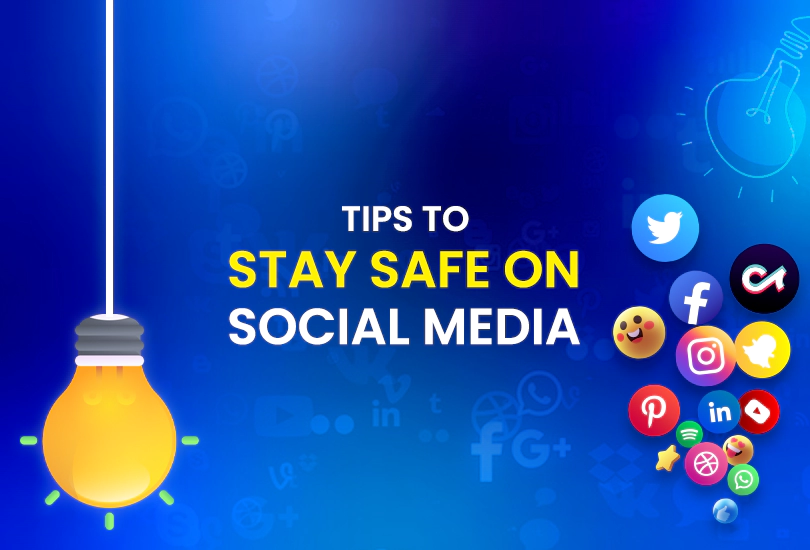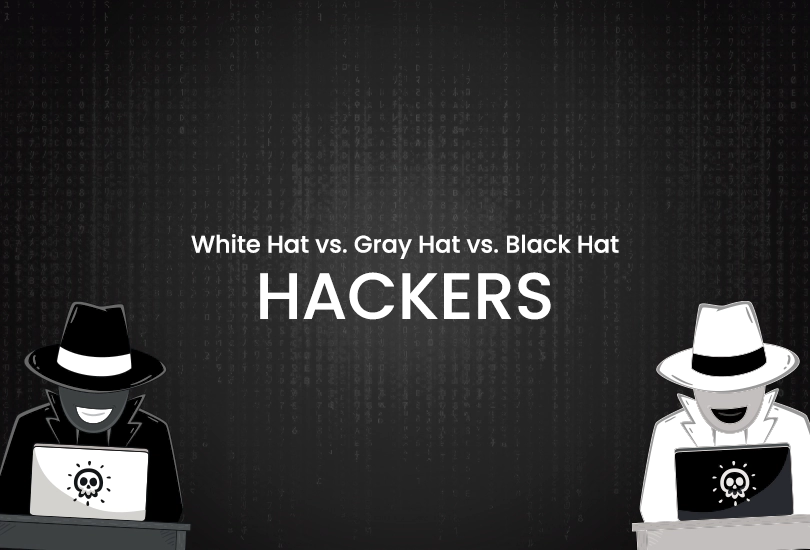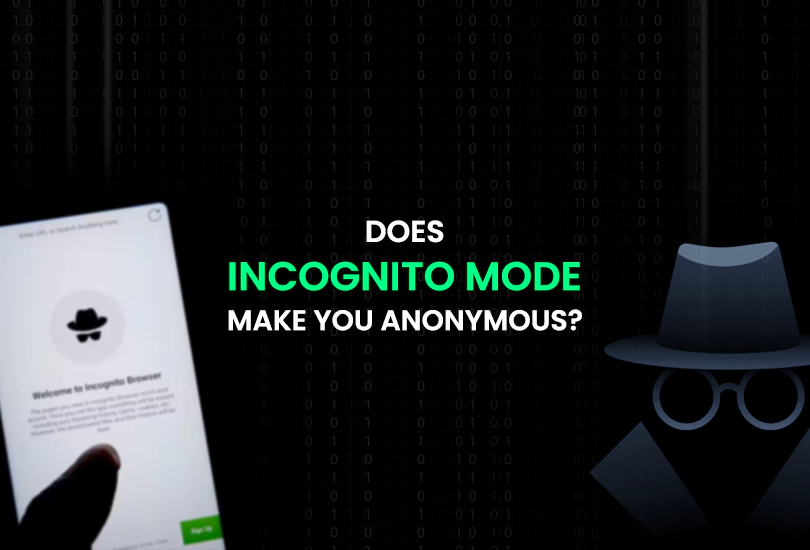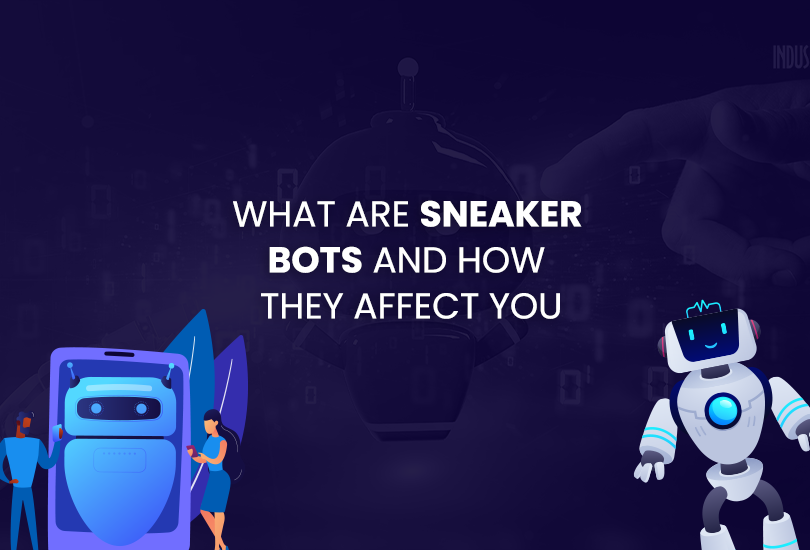Phishing is a type of cyberattack that contains fraudulent communication delivered to your system by impersonating familiar sources. It is used to steal sensitive information, including login credentials such as passwords, usernames, and other confidential data.
It has become quite a common phenomenon in cybersecurity. The impact of phishing is not just limited to the loss of sensitive data but can expose your finances to future scams and severe extortion.
Have you been getting unknown emails (it can be from any reputable company or government authority)? Ensure the email address is legitimate before clicking any link in your email box. Learn how to prevent phishing attacks.
What Is Phishing?
To comprehend phishing precisely, we would have to peek into the past. The term phishing dates back to the 90s when the American hackers known as Warez Community attacked AOL (America Online) employees. These were the hackers that first began to be called phishers.
How Does Phishing Work?
Phishing is done using fraudulent messages that contain sorrow, fear, emotions, and sometimes greed to lure the receiver. However, the message appears to be delivered by a trusted source. Still, their senders are usually hackers, snoopers, or scammers, and their purpose is nothing but to get access to your confidential data and personal information.
We have shared some factors that hackers use to make you phishing victims:
- Hackers first begin by choosing the individuals whom they want to target.
- In the second phase, they create email and other text messages using a link to take you to the scam sites.
- For this, they use sneaky persuasive methods that may include curiosity, urgency, and greed to lure the receiver to get a click.
- Another factor that makes them get huge clicks is that they use legitimate companies’ names and sources to look legitimate.
- They sometimes incorporate innovative and creative images and catchy lines to look more sophisticated.
Hitting a single phishing link can compromise your network security and privacy. However, it is equally important to cross-check the source’s legitimacy before clicking.
What is the Common Indicator of a Phishing Attempt?
Do you know how to differentiate phishing emails from the rest? We have identified some signs or indicators to help you prevent your online venture from phishing attempts.
For this, we have picked up a common phishing trick known as spear-phishing as an epitome.
- Email’s “Subject Line“
- Let’s Check The “Date & Time“
- Check the “Sender Source“
- Always check the “To“
- The “Text” or “Message“
- “Hyperlinks“
Types of Phishing
Phishing can be done in many forms. But most people know about spam phishing. Here, we have described some famous phishing types for you.
Email Phishing
Email phishing has been around for years. The primary aim of email phishing is to trick the receiver using spammy links and misleading information.
Spear phishing
Spare phishing is also done using email, but in this type, the hacker particularly targets an individual pretending to be his coworker, friend, or any trusted service provider associated with the victim.
URL phishing
In URL phishing, the sender inserts a link to a malicious website, embeds that URL in a phishing email, and makes the receiver click the link, which leads him toward major security threats.
Smishing
Smishing is a type of phishing done via text message from one smart device to another. This scam type contains clicks and asks the receiver to click on the link.
Vishing
Vishing is a bit similar to its smishing type! This type of scam is done using a phone call, in which the hacker appears to be from an authentic source to trap you in a scam.
Protect Your System Against Phishing
Phishing attacks can be devastating for both individuals and business entities. It can lose thousands of dollars, along with years of reliability and credibility.
However, you can follow preventive measures to avoid any possible threat to your digital privacy:
- The very first step is two-factor authentication. It works as a robust security layer for your passcode and account credentials. In case of any successful phishing attack, you can recover your credentials and save your account from losing personal information.
- Don’t share private credentials with others. Sharing personal information, such as your login information or any confidential data, can put your privacy at risk. Do you know that it can also bring you under severe phishing attacks? Hence, make sure that your password and other credentials are secure enough.
- Enhance your social engineering techniques. Whether you are an individual or a business holder, you should work on your social engineering techniques to fight against phishing attacks or cyber threats.
We hope that the following measures will help you form a decisive security plan against these attacks.
Conclusion
Phishing attacks have been on the rise for the past few decades. Due to a lack of awareness, users don’t have enhanced insights to secure their online presence. To prevent your online infrastructure from phishing, we would suggest you use a password manager or spam filter and two-factor authentication to maintain impenetrable protection.







